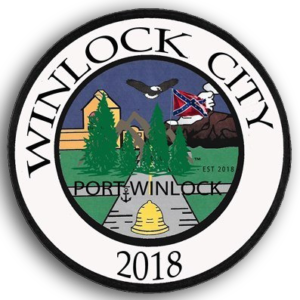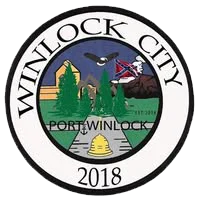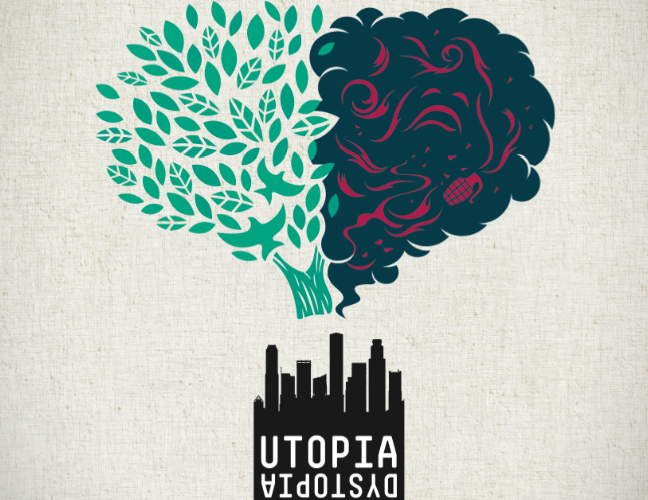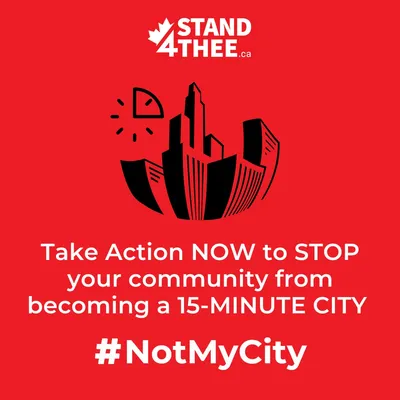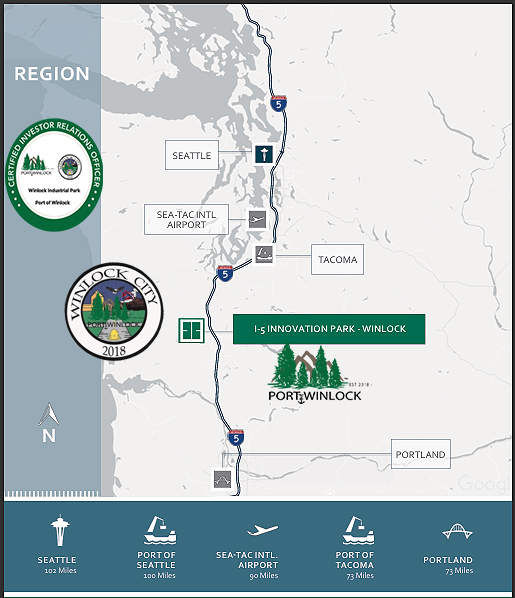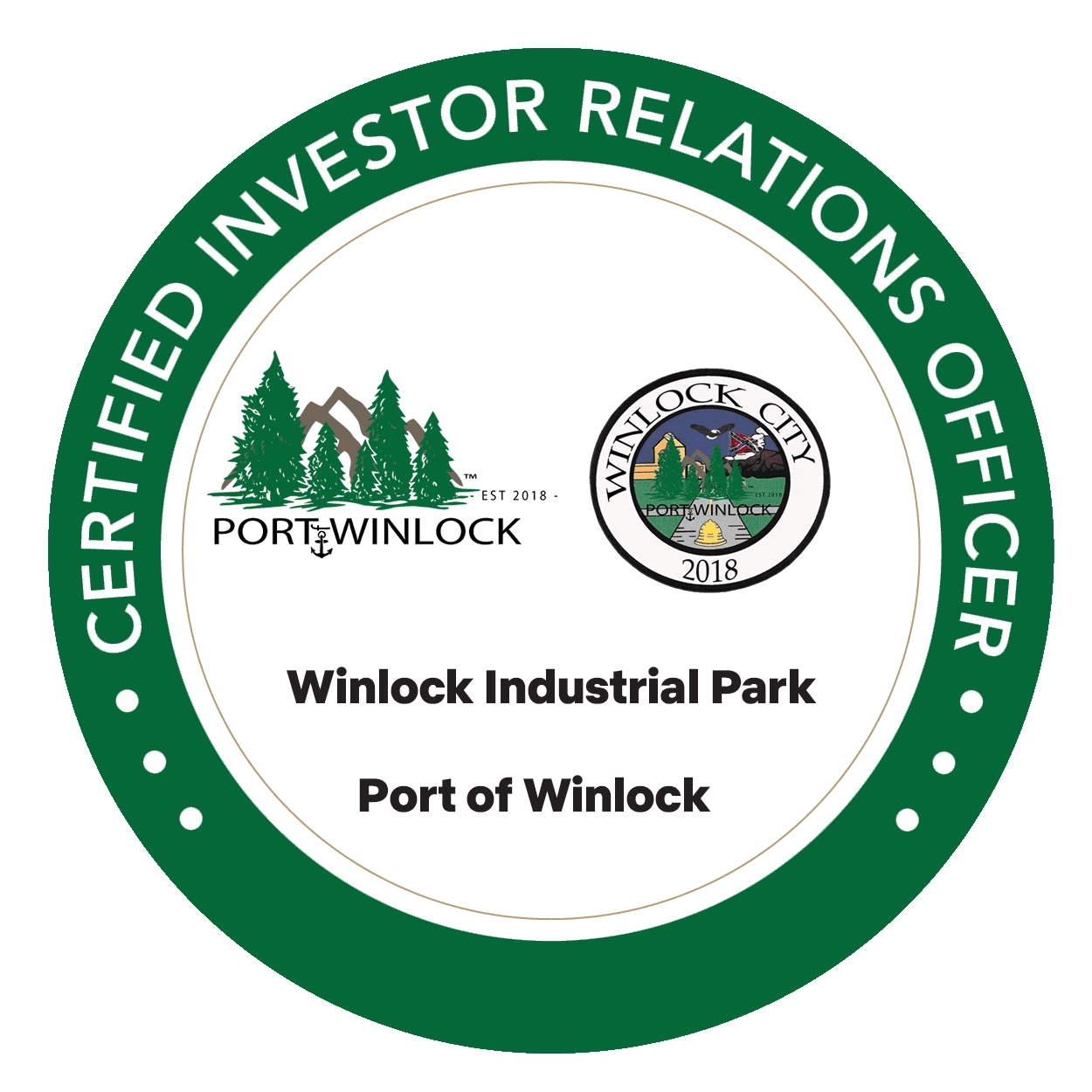I-5 Innovation Park, just another word for 15 Minute City….
Brookings first described this new model of innovation in cities and urbanizing areas five years ago, and since then researchers and practitioners around the globe have been exploring how to help them thrive. Driven by broader economic and demographic trends, most districts emerge organically as established firms and start-ups choose to co-locate around universities, medical institutions and/or other anchors. But over time, as the number of actors increases, innovation district leaders often become much more intentional about working together to leverage their district assets, applying a “collaborate to compete” approach.
The notion of the 15-minute city, in which people can work, shop, play and go to school within a small radius of their home, has attracted some urban planners. But now more than ever, argues Edward Glaeser (Harvard), it should be recognized as a dead end which would stop cities from fulfilling their true role as engines of opportunity.
Nothing more than a place to control you as a citizen of the United States…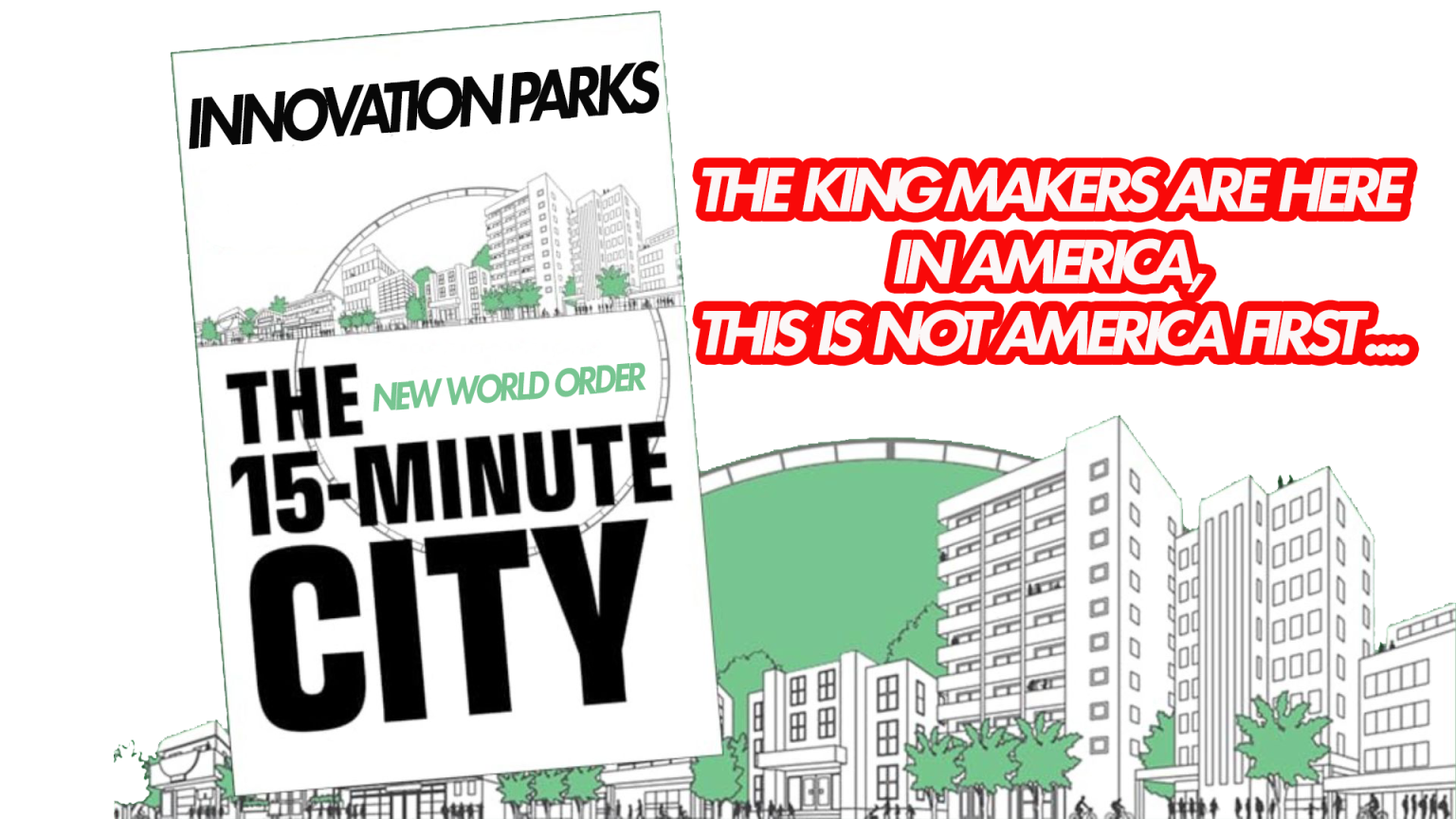
Democrats and their doners started the Innovation Park narrative, in an attempt at control in America.
The Anne T. and Robert M. Bass Initiative on Innovation and Placemaking is a collaboration between the Brookings Institution and Project for Public Spaces to support a city-driven and place-led world. Using research, on-the-ground projects, and analytic and policy tools, the Initiative aims to catalyze a new form of city building that fosters cross-disciplinary approaches to urban growth and development.
Innovation Parks are Not America First!
America First Priorities
This Is The “New World Order”..
Implementing WEF ’15-minute city’ Policy
The Canadian city of Edmonton has laid out its plans to become a 15 minute city.
You will not be able to eat, shop, or go wherever you please without paying a toll to pay for the infrastructure of making this Orwellian nightmare even remotely feasible. The only way to implement… pic.twitter.com/y5PJB4XG6a
— Ian Miles Cheong (@stillgray) February 4, 2024
 15 Minute Agenda
15 Minute Agenda
The question is – what would a 15-minute city mean for residents? In a non-dystopian world, they would help reduce time spent doing everyday commutes to 15 minutes whether that be on foot, by bike, or by public transport. The purported goal would be helping citizens to better meet basic needs such as accessing essential services like grocery stores, medical facilities, schools, etc. In Edmonton’s case, these 15-minute communities would be called “districts”.
An ‘innovation district’ is defined by the Brookings Institute as a “geographic area where leading-edge anchor institutions and companies cluster and connect with startups, business incubators, and accelerators. They are also physically compact, transit-accessible, and technically-wired and offer mixed-use housing, office, and retail.”
The NW has opened its doors to “The King Makers”
Benaroya Winlock Industrial Park
is now I-5 Innovation Park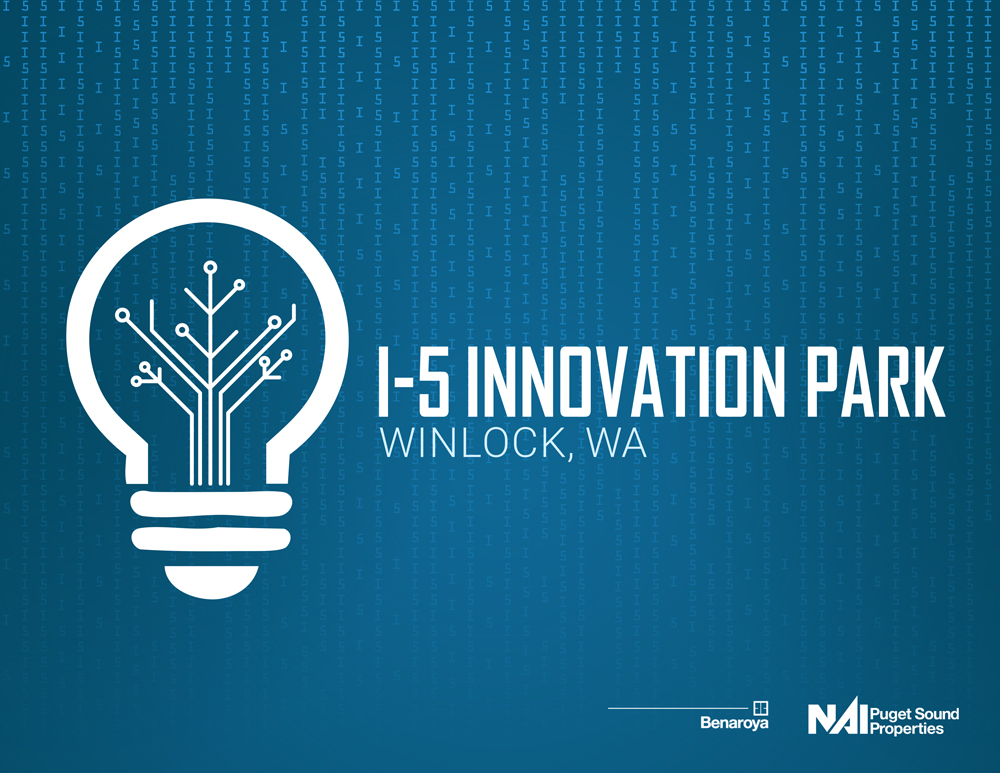
A ‘smart district’ is defined as “a geographic area in which the city accelerates innovation through the use of rapid testing and trialing of solutions in order to solve city challenges. Often it provides the city with a platform to work with innovative startups in an agile environment”
Why Becomming A District Of Innovation Is Bad
Almost immediately you can see subtle differences in the scope of each type of district. But let’s highlight the specific differences:
- An ‘innovation district’ focuses on creating an ecosystem of innovators working on everything from MedTech to smart cities to FinTech. A ‘smart district’ is a more focused, subset of innovation districts that focuses specifically on urban challenges faced by citizens of that city.
- A ‘smart district’ has a focus on the physical built environment and often uses technology to improve the physical space, and innovation district encourages collaboration by increasing the density of innovators in an area.
- A ‘smart district’ is often led by the city authorities in partnership with academia and industry, an ‘innovation district’ is a wider community of innovators where the city and academia may or may not play a role.
- A ‘smart district’ often focuses on sense of place with the goal of improving the physical area, an ‘innovation district’, although geographically situated in one area, focuses on global innovation which cuts across many industries.
Taking all of this into account, the objectives of the city, when creating a smart/innovation district, is often a defining factor in its differentiation. An ‘innovation district’ has a primary focus on economic development and job creation whereas a ‘smart district’ has a primary focus on addressing urban challenges through the use of engagement and technology solutions.
This key characteristic is important to keep in mind when considering if your city is launching an ‘innovation district’ or a ‘smart district’. The two terms are often interchanged, but if one was to be critical, they are not interchangeable. It goes without saying there is innovation in a ‘smart district’ and ‘innovation districts’ should be smart, but they are two distinct entities.
Many cities also use the terms ‘living lab’ or ‘city lab’. For the most part, these refer to a ‘smart district’. However, if there was a scale from ‘living lab’ to ‘smart city’ they would be at opposing ends.
Many cities use smaller, more focused projects as a means to fast-tracking a full Smart City, or as it is here a 15 Minute City…
Back in 2018, The Technology and Entrepreneurship Center at Harvard (TECH) hosted a Smart City Accelerator in Dublin with a focus on ‘smart districts’. After two days of discussion, the city leaders in attendance compiled a set of principles which became “The Declaration of a Smart District”.
The principles defined a ‘smart district’ as one which:
- Is created and designed with and for the people that live and work in it.
- Respects communities, culture, and values.
- Encourages experiment and learning.
- Is empowered by the local government, but inspires globally.
- Enables effective use and access to data.
- Respects physical and digital privacy and champions security.
- Is transparent, fair, and inclusive.
- Is built on open standards.
- Is connected.
- Drives new economic opportunities.
- Is designed to scale – local to global, city by city.
- Supports local, national, and United Nations Sustainable Development Goals 2030.
While almost all of these principles could apply to any point on the ‘Smart City Growth Scale’ above, they are important in differentiating from a more general ‘innovation district’. The focus on connectivity and data to improve city life and services aligns with the ‘smart’ element of any city or districts.
We own Winlock Industrial Park™ and Port of Winlock™ tradenames and domains. Feel free to contact us for investment opportunities for an America First agenda
